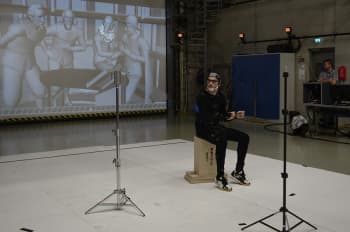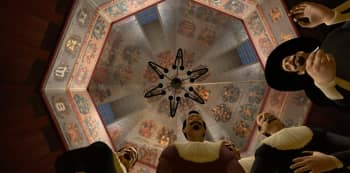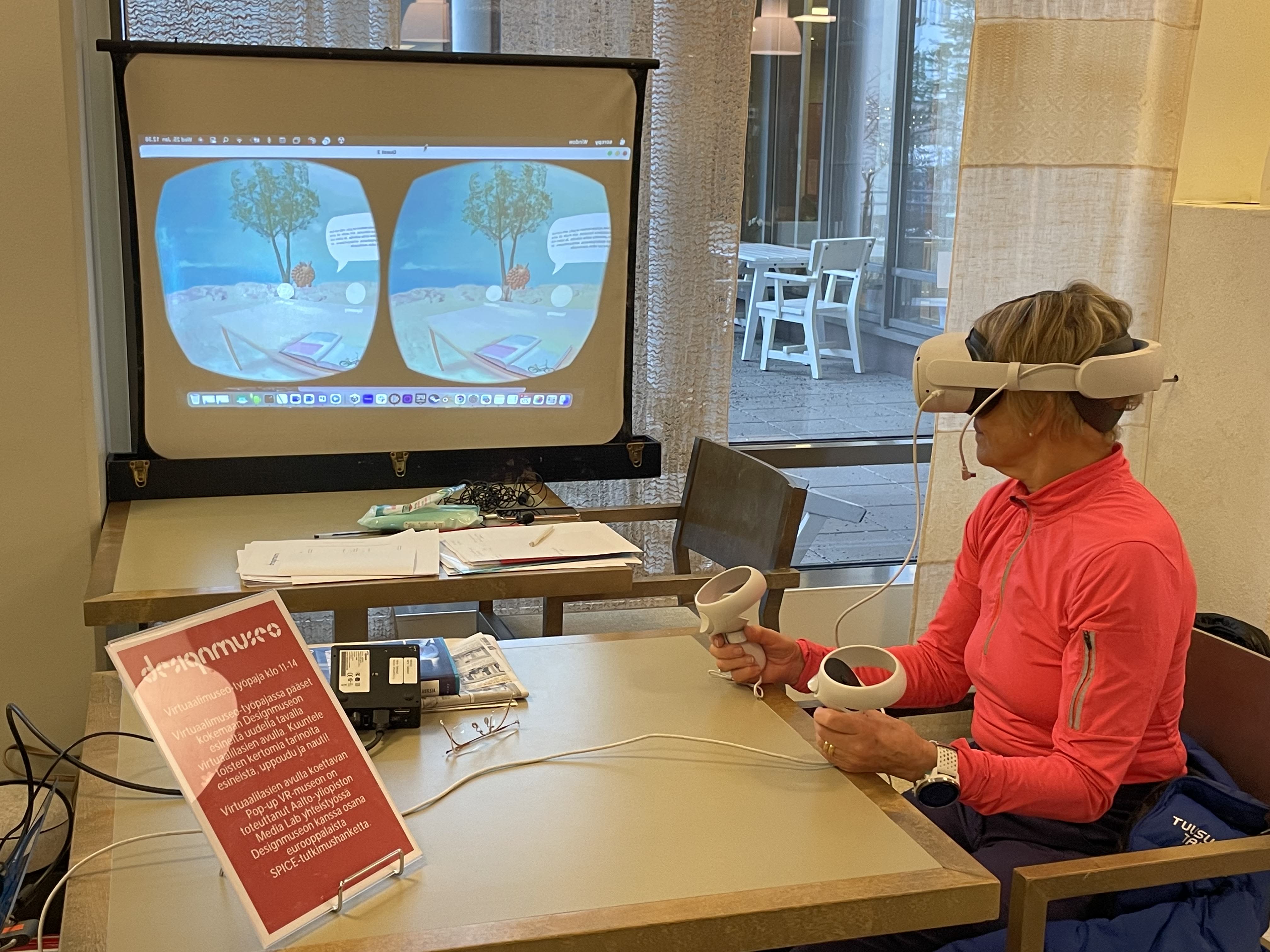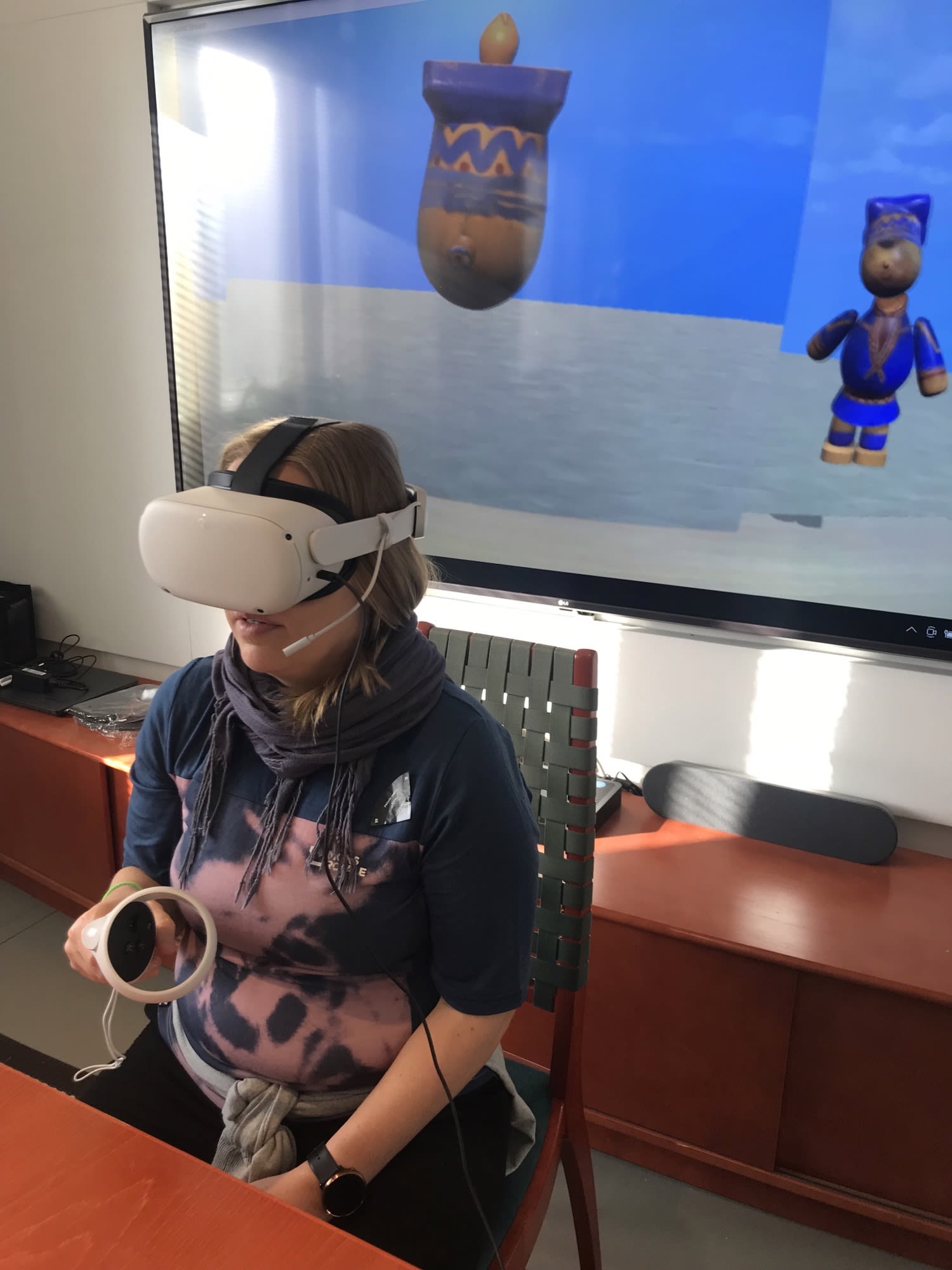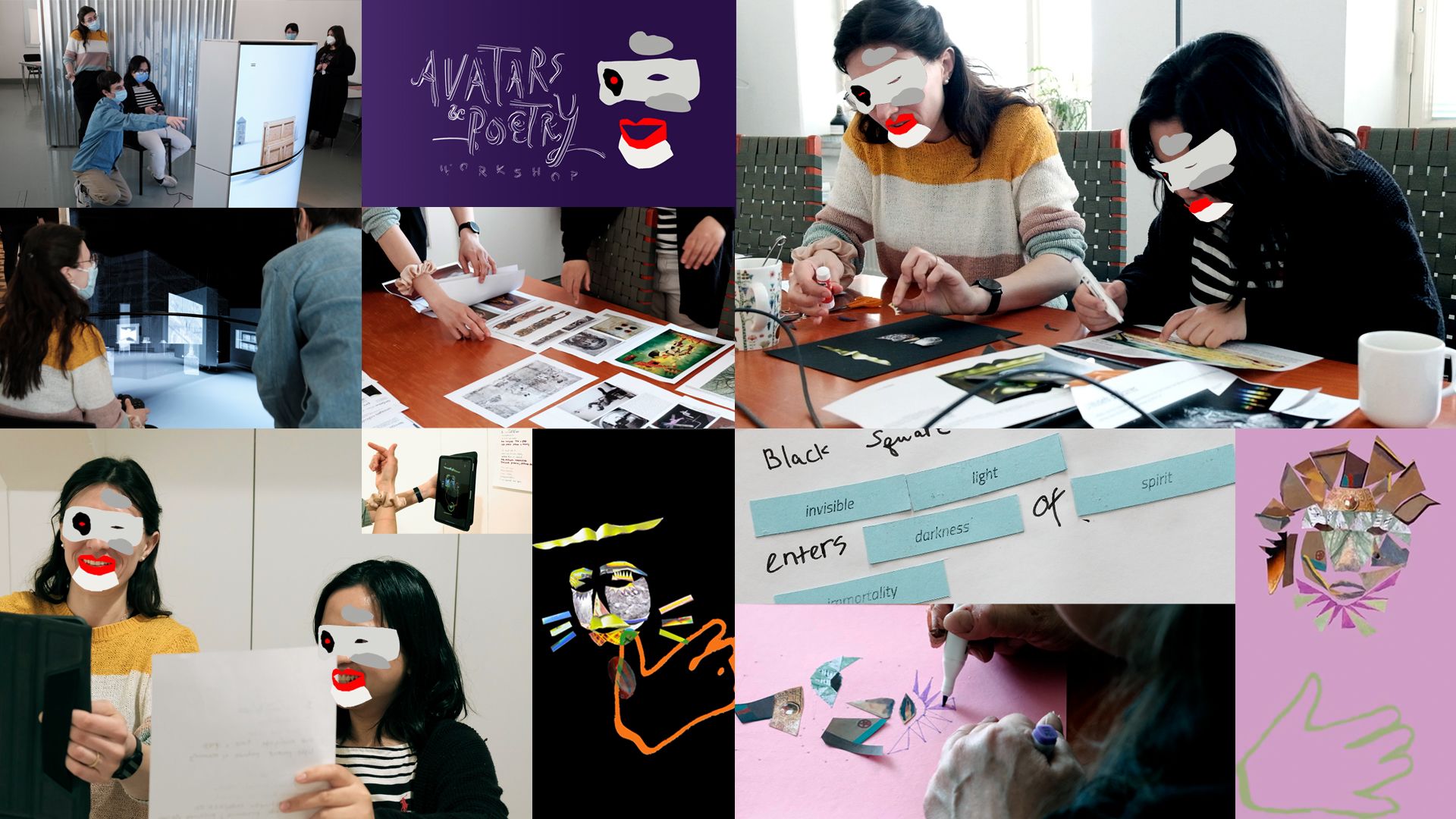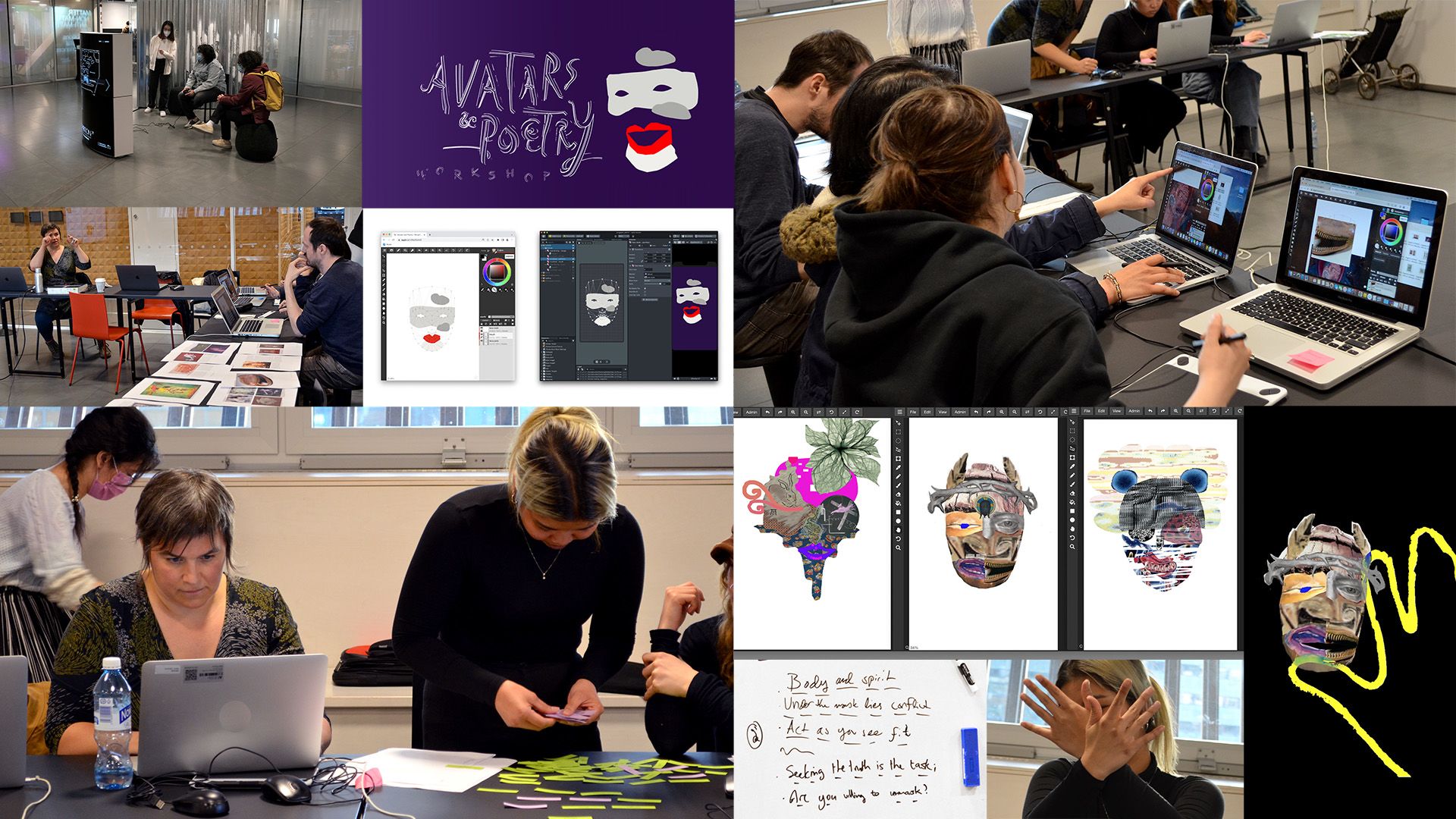Exploring the metaverse
What will our future virtual realities look like? Or will there be any at all?
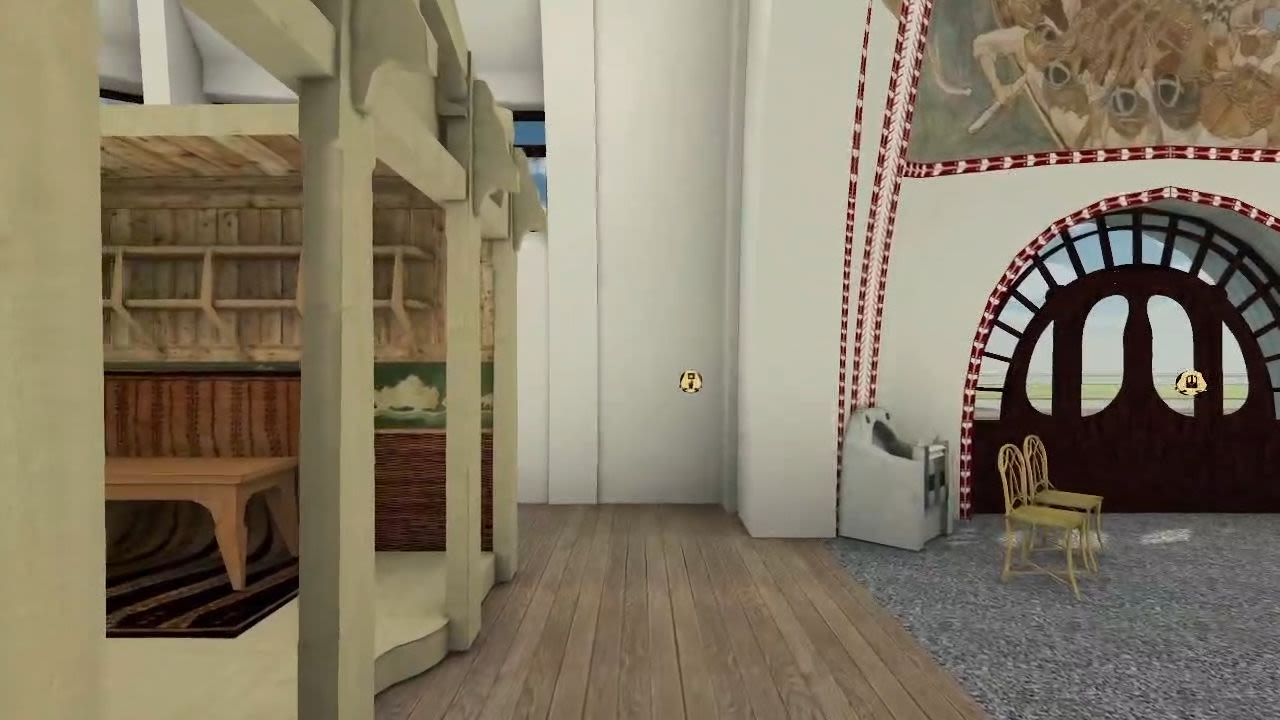
Virtual reality, the metaverse, Web 3.0. A dear child has many names, as the Finnish saying goes. None of us can know what the artificial realities of the future will look like or whether any will even come into being in the first place. Will we be treated to an “embodied internet”, where you will find yourself inside the experience rather than just looking at it on a screen. And if yes, then when?
Even as we speak, countless people are in the process of developing their own virtual realities of the future. What we’re witnessing is a veritable metaverse gold rush. So it makes sense to pause and consider what it is we’re really dealing with. Where is the line that separates people from technology, technology from people?
“Us humans, we’re driven to explore.”
“We have made it to the moon and cracked open the atom. But what we’re yet to access is our dreams, the mythical expanse of our imaginations. This is what virtual worlds are all about: the ability to create new spaces and experiences, to journey through time, to see the world through someone else’s eyes, to explore and adventure ever further, unconstrained by any physical limitations,” says Lily Díaz-Kommonen, professor of new media at Aalto University.
Virtual worlds, augmented realities, blockchain, artificial intelligence and machine learning are all part and parcel of a huge technological revolution, the benefits and applications of which are only just starting to take shape. These technologies are being created, studied, merged and adapted at breakneck speed. Little wonder, then, that some of what’s being produced might feel a little underdeveloped. Virtual reality should try to win over audiences with good content. Audiences are made of people who need no more than a second or two to decide whether the world they are seeing is believable enough for them to invest their time and energy in.
The purpose of these new virtual worlds is not to create a perfect facsimile of our material reality, Lily Díaz-Kommonen hastens to point out. “They’re actually about people being really enthused and inspired by a topic or theme and enriching it through interactivity. Creativity and artistic vision are so important here, because they facilitate these powerful emotional experiences and give people a strong sense of their own agency within this new setting. Art can also be used to deconstruct the norms and assumptions that we live by.”
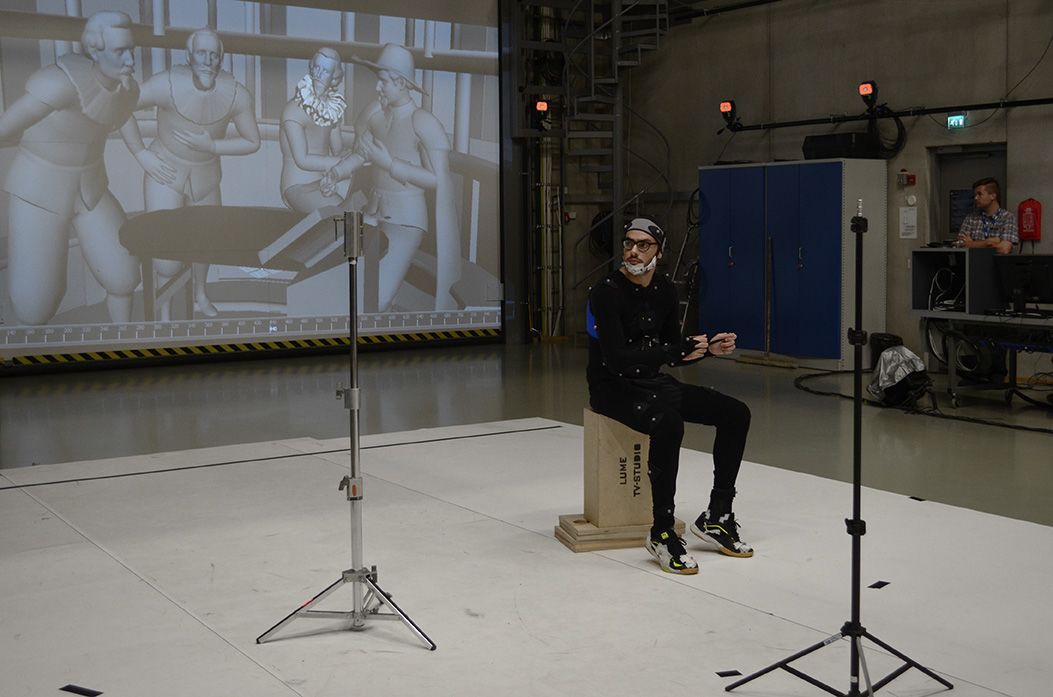
The metaverse and its many genres
Virtual worlds are already being utilised across a wide variety of different sectors. While gaming is very much leading the way, filmmakers, too, have for some time been making use of the opportunities these alternative realities bring, using the available technologies to conjure the most fantastical, and cost-effective, settings for their storytelling. Architects, meanwhile, can turn to VR modelling to assess how well their designs might work under a number of real world scenarios. In addition to these, VR is being used across education, health and wellbeing too.
It is likely that the metaverse, like cinema, will come to comprise a range of different genres. One of the emerging genres enjoys close links with art and cultural heritage; and digital heritage is, for example, one of UNESCO's recent interests. Researchers at Aalto University have also conducted a series of exciting experiments in this area, creating opportunities for people to interact with their cultural heritage and past and to engage in their own interpretation of it.
One of these projects, a joint venture by Díaz-Kommonen and her colleagues at the Aalto Media Lab, takes the form of a virtual reality simulator that invites users to step inside one of Rembrandt’s most famous canvases. The Anatomy Lesson of Doctor Nicolaes Tulp shows members of the Amsterdam Surgeons’ Guild gathered around the doctor for an anatomy demonstration. The Interactive diorama – Rembrandt 1632 simulation allows the user to join in on the tutorial.
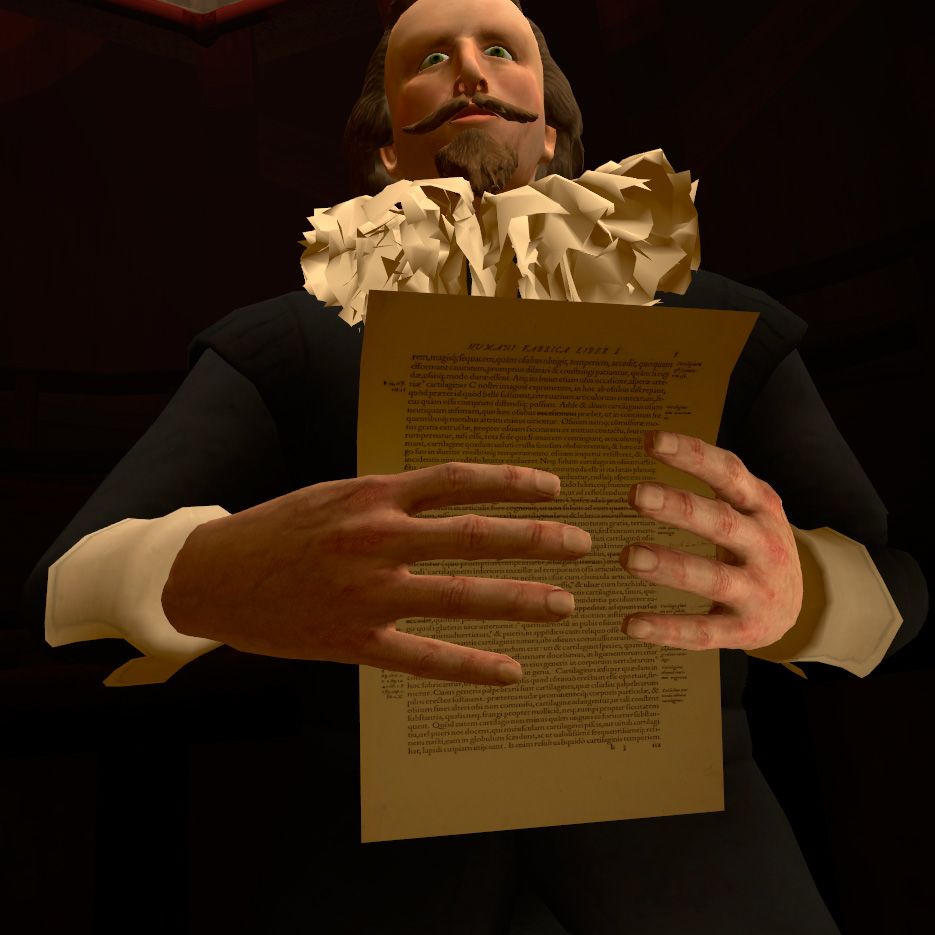
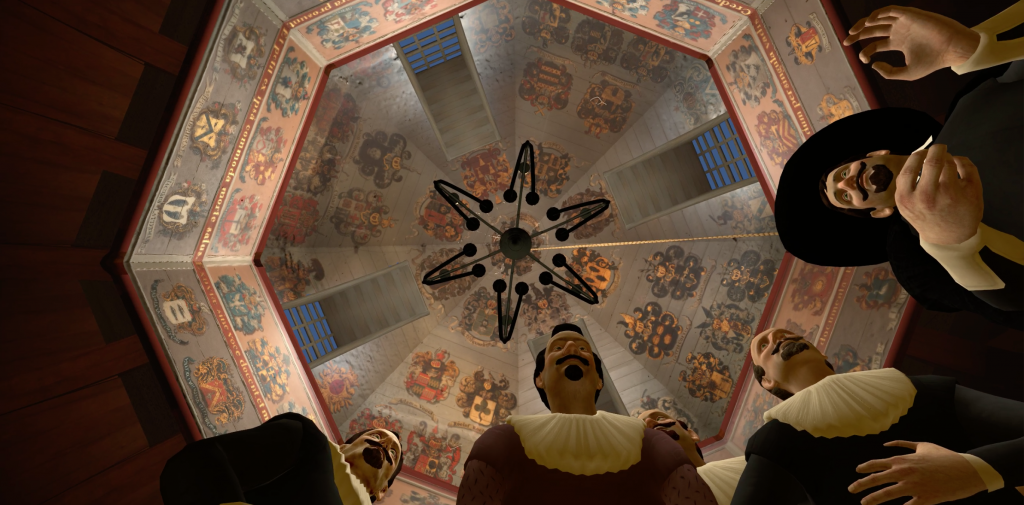
Another project brings visitors onboard the Vrouw Maria, an 18th century Dutch merchant ship that sank in Finnish waters while carrying a valuable cargo. The Re-discovering Vrouw Maria (2010-2012) simulation created by Aalto Media Lab and the National Board of Antiquities allows you to explore the wreckage and the precious items that sank with it.
The simulation opens a window to a marine landscape, which no single human being has ever seen before; even the divers have only been able to see a small part of the wreck because of underwater visibility.
Re-Discovering Vrouw Maria project by Aalto Media Lab and National Board of Antiquities archival materials Systems of Representation research group 2014. Credit: Lily Díaz-Kommonen and Ilpo Kari.
Re-Discovering Vrouw Maria project by Aalto Media Lab and National Board of Antiquities archival materials Systems of Representation research group 2014. Credit: Lily Díaz-Kommonen and Ilpo Kari.
In addition to these immersive, almost kinematic experiences, virtual worlds also offer new opportunities for greater accessibility. A PhD student at Aalto University, Gautam Vishwanath is working with Designmuseum Helsinki to create a brand-new visitor experience.
The Pop-up VR Museum project invites visitors of all ages and backgrounds to interact and engage with Designmuseum’s virtual collection. With the help of VR headsets, participants can get up close and personal with a range of popular and familiar design objects, and curators are on hand to facilitate discussion about the memories and emotions the objects have evoked. Several workshops around these aspects have already been held in care homes and other facilities across Finland.
The technology used to enhance virtual experiences like this can be surprisingly simple. After all, it is each individual participant’s own active engagement that truly makes the experience.
PhD student Cvijeta Miljak has run workshops titled Avatars & Poetry where participants are invited to re-interpret two historical exhibitions: Les Immatériaux (1985 at Centre Pompidou) and Iconoclash (2002 at ZKM Karlsruhe). After experiencing the installation containing the interactive exhibition models, participants work with the pictures and key words selected from the original exhibition catalogues. In pairs, the participants negotiate and remediate the materials into collaborative poems as well as collage masks that are successively assembled into 3D avatars.
The participants are invited to create live-animation videos of their poems through bodily performance using their avatars facilitated by Snapchat technology. Finally, these multimodal exhibition commentaries are screened within a workshop group to elicit a discussion on personal perspectives that emerge from engaging with heritage, technology and co-creative activities. The research project was part of Creative Europe's framework Beyond Matter, Cultural Heritage on the Verge of Virtual Reality.
Both Aalto PhD students Cvijeta and Gautam have received three-year contracts to work on these topics that are part of the research portfolio of Systems of Representation.
The Pop-up VR Museum is a collaboration with Designmuseum Helsinki. It is part of EU Horizon 2020 project SPICE. Photo: Gautam Vishwanath
The Pop-up VR Museum is a collaboration with Designmuseum Helsinki. It is part of EU Horizon 2020 project SPICE. Photo: Gautam Vishwanath
The Pop-up VR Museum is a collaboration with Designmuseum Helsinki. It is part of EU Horizon 2020 project SPICE. Photo: Gautam Vishwanath
The Pop-up VR Museum is a collaboration with Designmuseum Helsinki. It is part of EU Horizon 2020 project SPICE. Photo: Gautam Vishwanath
The Pop-up VR Museum is a collaboration with Designmuseum Helsinki. It is part of EU Horizon 2020 project SPICE. Photo: Gautam Vishwanath
The Pop-up VR Museum is a collaboration with Designmuseum Helsinki. It is part of EU Horizon 2020 project SPICE. Photo: Gautam Vishwanath
Avatars & Poetry workshops in Designmuseum and Oodi library. Workshops are part of the Creative Europe research project Beyond Matter. Photos: Cvijeta Miljak and Lily Díaz-Kommonen
Avatars & Poetry workshops in Designmuseum and Oodi library. Workshops are part of the Creative Europe research project Beyond Matter. Photos: Cvijeta Miljak and Lily Díaz-Kommonen
Aalto Media Lab have also created a stunning 3D model of the Finnish pavilion at the 1900 Paris Exposition. The Finnish National Gallery and Finnish Innovation Fund Sitra have been similarly inspired, having recently launched the Finnish Metagallery pavilion in Decentraland, a 3D virtual world.
The virtual restoration of the historic pavilion offers visitors the chance to immerse themselves in artworks by Finnish fin-de-siècle greats like Akseli Gallen-Kallela, Magnus Enckell and Väinö Blomstedt. Before this digital innovation, the historic pavilion has been accessible to 21st century visitors through books only.
Pavilion of Finland at the 1900 World Fair in Paris archival materials Systems of Representation research group 2014. Credit: Lily Díaz-Kommonen and Ilpo Kari.
Pavilion of Finland at the 1900 World Fair in Paris archival materials Systems of Representation research group 2014. Credit: Lily Díaz-Kommonen and Ilpo Kari.
A responsible, sustainable metaverse?
We now undoubtedly find ourselves on the cusp of the next big technological shift. Virtual realities will present us with near limitless opportunities. But much still remains to be done to solve the problems inherent in this potential. Greater standardization is required to ensure compatibility between systems and devices. And delivering robust privacy protection for users in the metaverse setting might be even more challenging than on current social media platforms.
Global access, whether to the internet or to the hardware, is by no means a given. As things stand, the search is also still on for a solution to the immense energy consumption involved with these new technologies. The question is, how can we build a responsible, sustainable metaverse?
“Eventually, virtual realities will be included as part of the systems that we sign up for. The binary logic – the zeros and ones – at the heart of our data systems and even AI are created with language and can be used to model any kind of reality. It is up to us humans to choose the values that underpin the metaverse we create,” Lily Díaz-Kommonen says.
Lily Díaz-Kommonen
Lily Díaz-Kommonen is Professor in New Media at Aalto University School of Arts, Design and Architecture. Since 1998, she has led the Systems of Representation research group that works in visualization and virtual reality for culture and heritage.


